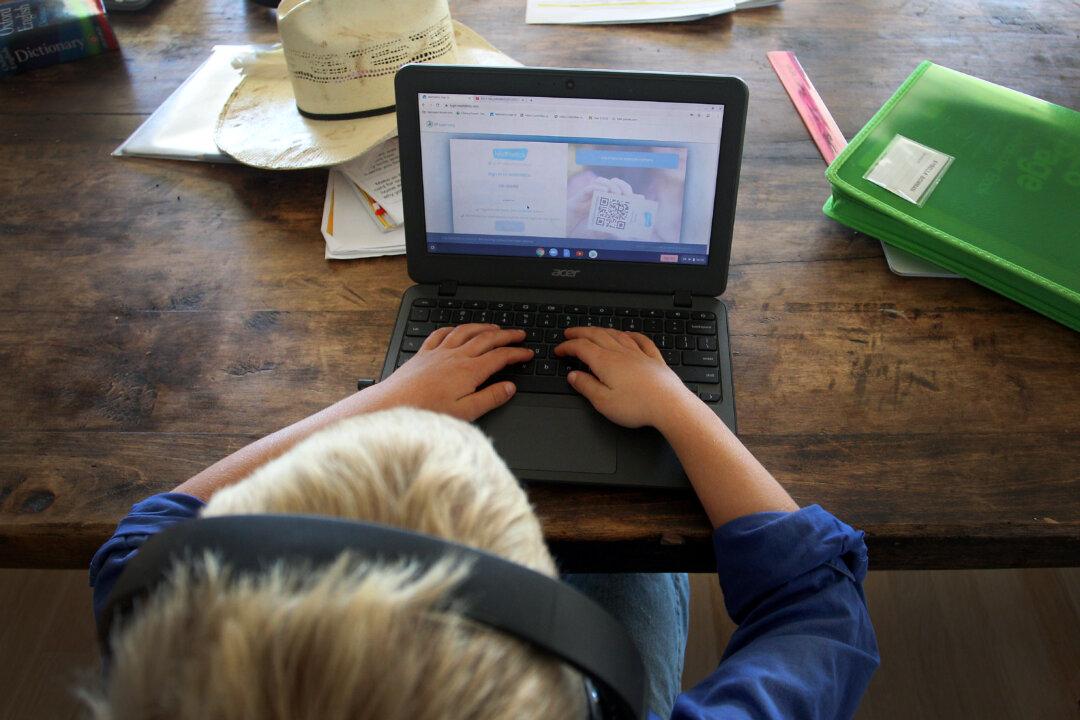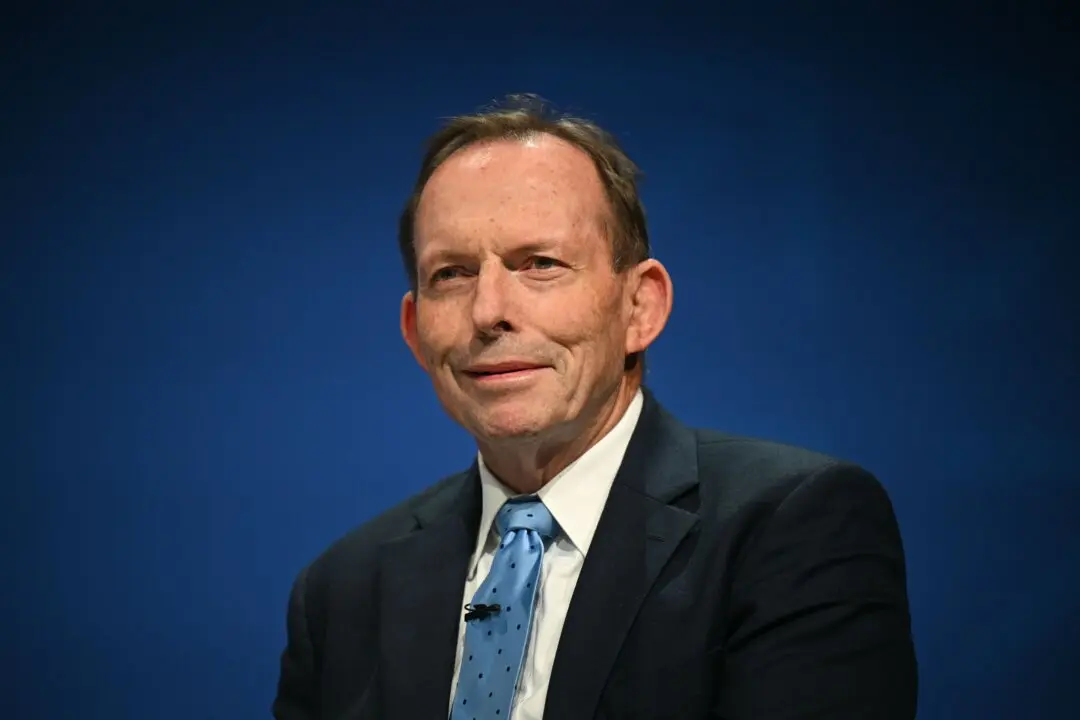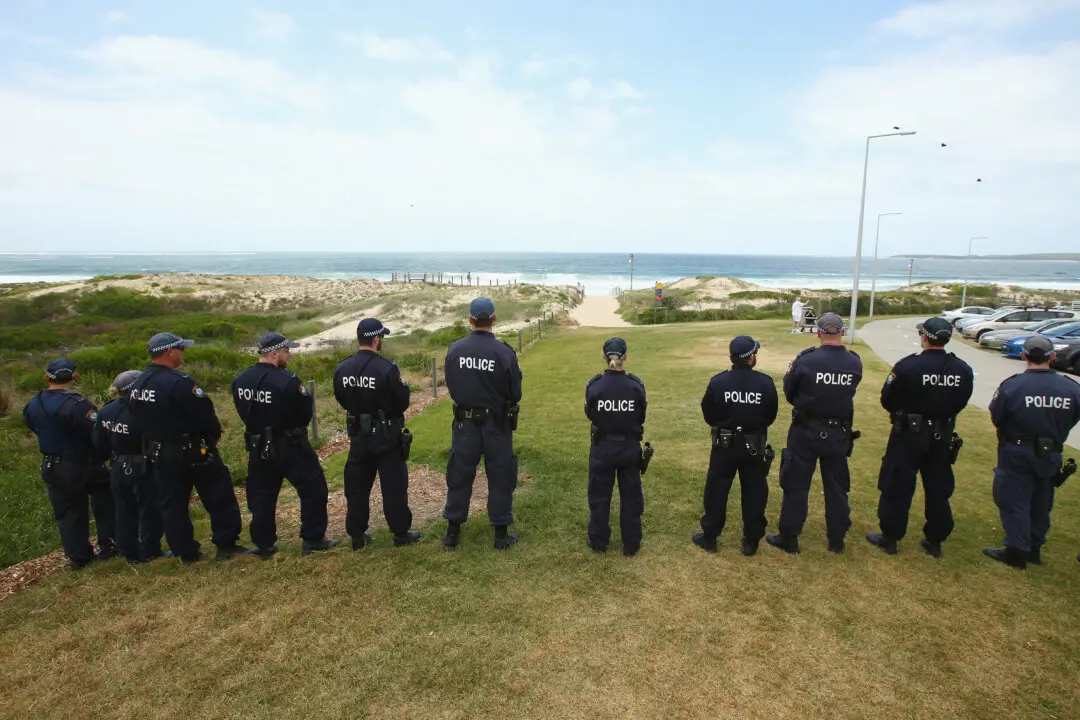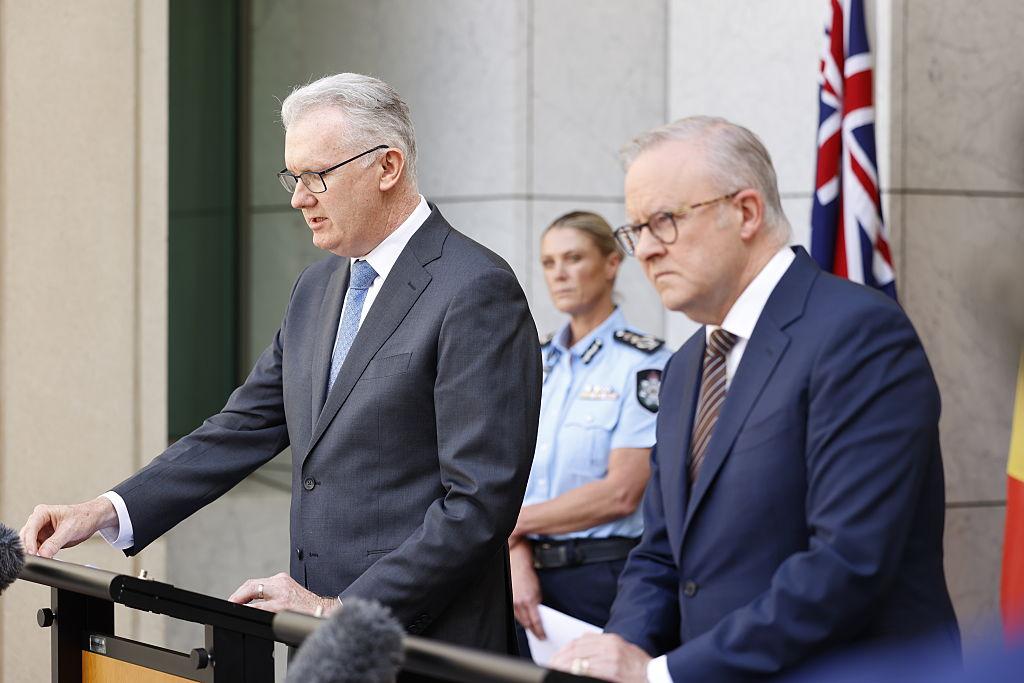A new code that will impose a duty on tech companies to protect children from pornographic websites and certain online games could come into effect in 2025. Still, there is no indication of how the technology would work.
The Draft Online Safety Codes were designed by five Australian communications, digital, and video game industry associations, that will seek public feedback before submitting them to the eSafety Commissioner.





